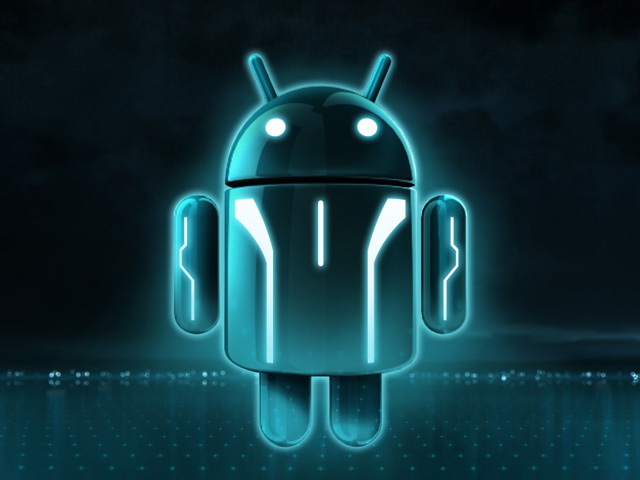
Android was created by the Open Handset Alliance, which is led by Google. The early feedback on developing applications for the Android platform was mixed. Issues cited include bugs, lack of documentation, inadequate QA infrastructure, and no public issue-tracking system. (Google announced an issue tracker on January 18, 2008.) In December 2007, MergeLab mobile startup founder Adam MacBeth stated, "Functionality is not there, is poorly documented or just doesn't work... It's clearly not ready for prime time." Despite this, Android-targeted applications began to appear the week after the platform was announced. The first publicly available application was the Snake game.
Students will be able to create Project,information and be able to create Application of Android software development.
Enhancements to Android's SDK go hand in hand with the overall Android platform development. The SDK also supports older versions of the Android platform in case developers wish to target their applications at older devices.
History"The history of Android software development kit (SDK) includes a comprehensive set of development tools.These include a debugger, libraries, a handset emulator based on QEMU, documentation, sample code, and tutorials. Currently supported development platforms include computers running Linux (any modern desktop Linux distribution), Mac OS X 10.5.8 or later, and Windows 7 or later firt ADK in March 2015
Great AchievementMock Tests & Assignments
Each Module will be followed by objective mockup tests and practical assignments which help you to monitor your learning progress and Evaluate yourself.
Support Any Device such as Desktop,Laptop,Mobile, on Any DeviceYou get 365 days access to the Learning Management System (LMS). This includes video, course material, exercise files and ppts used during the session.
24x7 SupportCustomer is responsible for paying all Federal, State and Local Taxes.
ContentE-Learning Center does not guarantee the accuracy of the content. E-Learning Center is not responsible for any issues that may arise as a result of information that is received from our courses.
Payment TermsIf we discover an error in the price of courses purchased, we will inform you as soon as possible (e.g. prior to the course being assigned). We will provide you the option of reconfirming your order at the correct price or cancelling it. If we are unable to contact you we will treat the order as cancelled. If you choose to cancel and have already paid for the goods you will receive a full refund.
Kindly do not share your Credit/Debit card details to anyone.
For direct cash transfer, only use our bank account name (payable to Indeed Prime ShinePrivate Limited). Do not transfer cash to any other account.